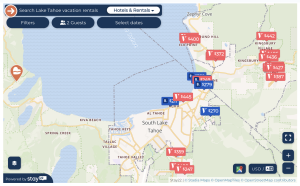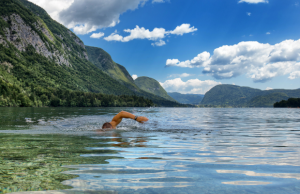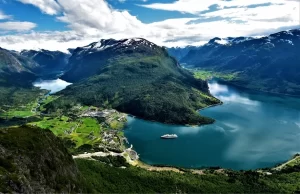This post contains affiliate links. If you click and purchase, we may earn a small referral fee at no extra cost to you. Read our full disclosure.
The Great Lakes consist of five lakes (plus a smaller attached one named Lake St. Clair) that are all located in the same area of North America, specifically in the mid-upper area of the United States and Lower of Canada.
The lakes are named: Lake Erie, Lake Huron, Lake Michigan, Lake Ontario, and Lake Superior. Parts of the lakes reach into the Canadian provinces of Quebec and Ontario. They also are in the U.S. states of Illinois, Indiana, Michigan, Minnesota, New York, Ohio, Pennsylvania and Wisconsin.
The lakes cover more than 94,000 square miles and, when including channels and islands, have 10,900 miles of shoreline. They also hold 1/5 of the fresh surface water in the world, only beat out by Lake Baikal in Siberia and the polar ice caps.
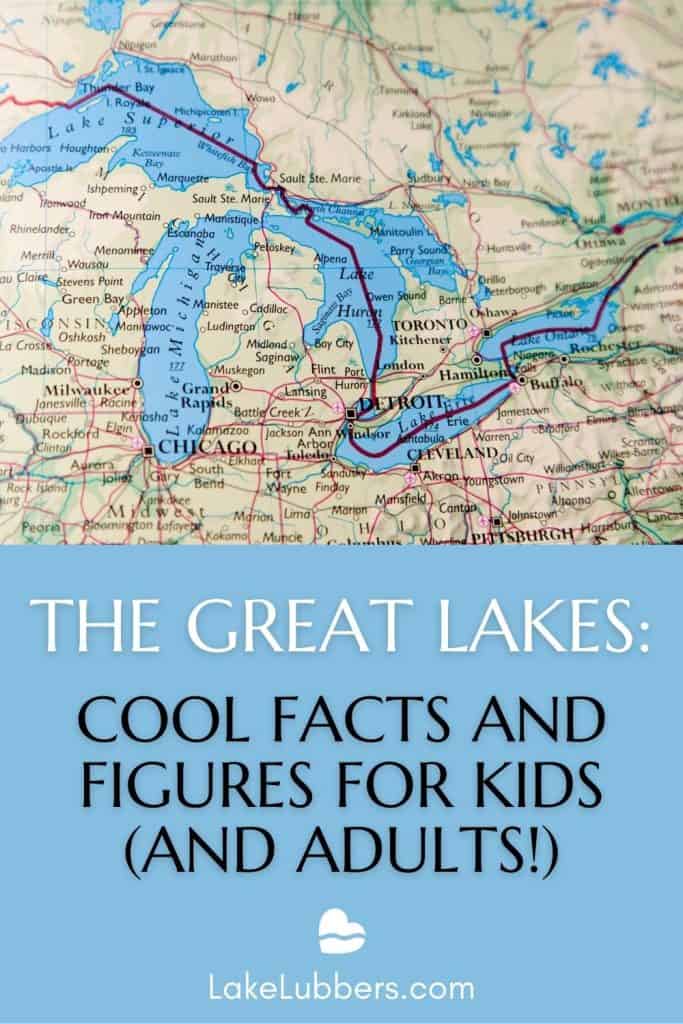
The Great Lakes are connected by a series of lakes and rivers, straits and dams. You could travel from Minnesota on Lake Superior for about 2,340 miles and make your way to the Atlantic Ocean. All of the lakes were linked together after an agreement between the United States and Canada to develop the Saint Lawrence Seaway in 1959. This made it possible for large ships to sail across the area.

The Great Lakes by the numbers
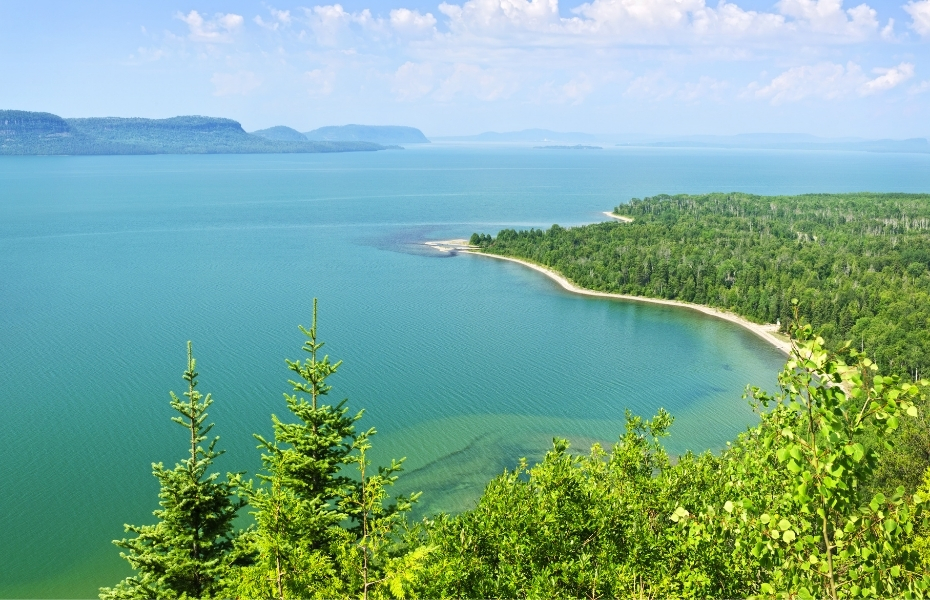
Lake Superior is an average of 483 feet deep, 350 miles long, with a volume of 2,900 cubic miles, about 160 miles wide, while taking up just over 30,000 square miles in area. Shoreline in miles is: 2,726
Lake Michigan is an average of 279 feet deep, 300 miles long, with a volume of 1,180 cubic miles, 120 miles wide, covering approximately 21,000 square miles in area. Shoreline in miles is: 1,638
Lake Huron is an average of 195 feet deep, 200 miles long, with a volume of 850 cubic miles, about 180 miles wide, covering approximately 22,000 square miles in area. Shoreline in miles is: 3,827
Lake Erie is the shallowest at an average of 62 feet deep, 240 miles long, with a volume of 116 cubic miles, about 50 miles wide, covering 10,000 square miles in area. Shoreline in miles is: 871
Lake Ontario is just slightly deeper than Lake Michigan at an average of 283 feet deep. It is the shortest at around 180 miles long, with a volume of 393 cubic miles, about 40 miles wide, covering approximately 6,000 square miles in area. Shoreline in miles is: 712
Additional Resources

Cities on the Great Lakes and more
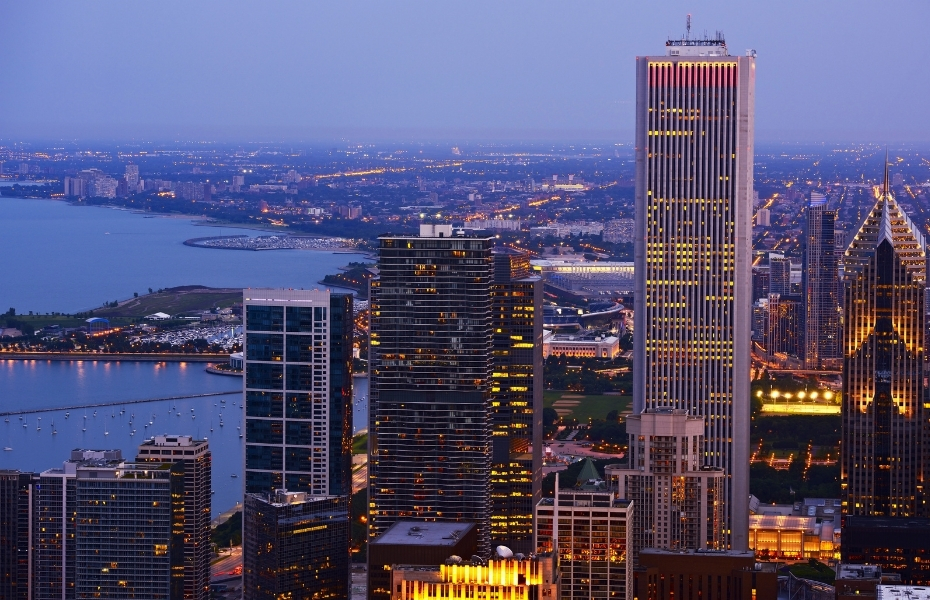
Some major cities on the great lakes are: Duluth, Minnesota; Chicago, Illinois; Milwaukee, Wisconsin; Detroit, Michigan; Cleveland, Ohio; Buffalo, New York; Quebec and Toronto, Canada.
The Great Lakes provide a variety of resources, supplying 56 billion gallons of water per day for consumption, industrial and agricultural uses.
There are also around 250 species of fish, which are harvested at a rate of over 60 million pounds. Spawning takes place by 2/3 of the species in the wetlands. There is much vegetation near shore and it is thought the fish rely on it for food and shelter.
Today, more than 160 invasive species of aquatic plants and animals have appeared, most of which affect the ecosystems of the lakes, killing off local fish species and threatening the surrounding peoples. Ships carry in product that can create biological hazards and bacterial issues for the lakes.
Additional Resources

Great Lakes ecoregion, typography and habitats
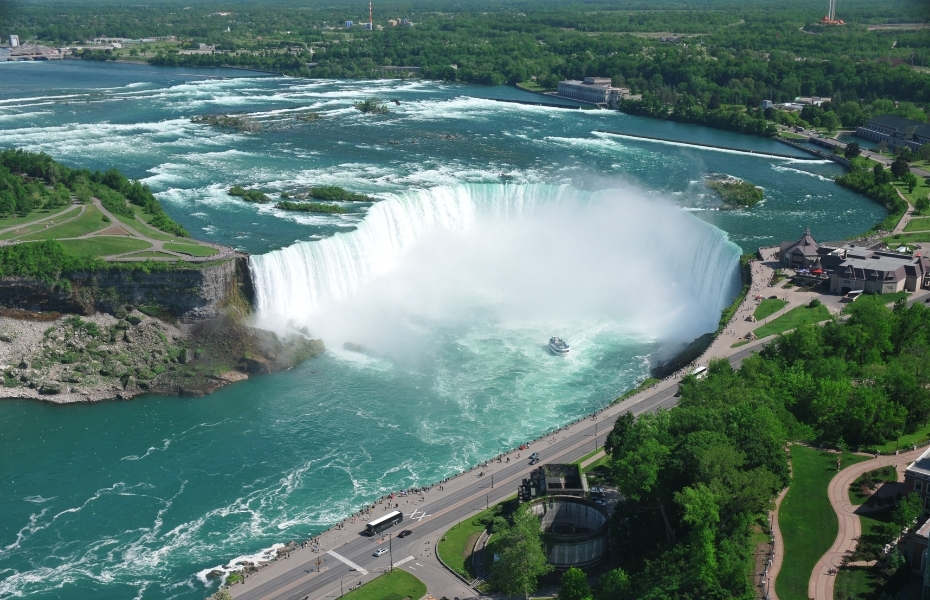
Seven rivers, a falls and an ocean connect to the Great Lakes. Lake Huron has the St. Clair River, which connects to Lake St. Clair, which also connects to the Detroit River, which then connects to Lake Erie. The middle is the border for the U.S. and Canada.
From Lake Erie, the Niagara River with its falls connects to Lake Ontario. Then the St. Lawrence River connects Ontario to the Atlantic Ocean. The whole areas of the lakes also include bays, peninsulas, islands, channels, straits, and connects to other small lakes.
Sand dunes, coastal marshes, rocky shorelines, lake plain, prairies, savannas, forests, fens, and wetlands make up the unique scenery surrounding the lakes. In the lake plain, a community of arctic and prairie species can be found. They are survivors from the colder, then dryer climatic periods following the glacier period.
Near Michigan, there are thousands of acres of active dune fields. The systems of freshwater sand dunes are the largest in the world.

What is Great Lakes weather like?
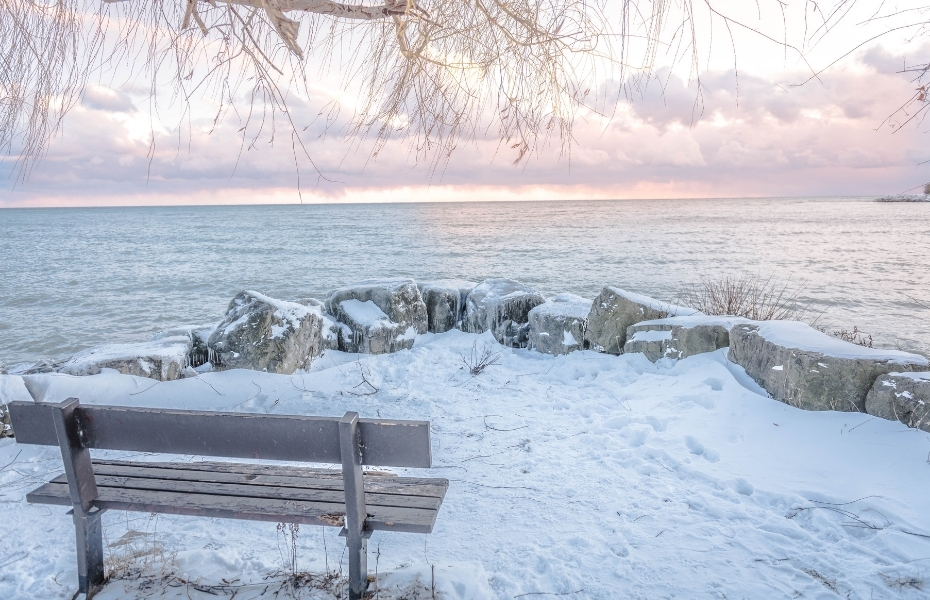
The weather around the lakes is ever changing, with the warm, humid weather from the Gulf of Mexico and than the dry, cold air from the Arctic.
The area has four seasons and the lakes have big climatic influences. They moderate the temperatures of the land around them making summers cooler and winters warmer, all the while creating humidity that can wreak havoc when they create lake effect snow, that is an increase in winter storms causing very heavy snowfall in some areas.
While the lakes are in frigid areas, except for Lake Erie, the lakes do not usually fully freeze. In any season, they can create treacherous fog making getting around interesting. Residents must always be aware as weather conditions can change quickly, making it difficult to see, slippery, snowy, and probably windy.
Additional Resources

The Great Lakes and the economy
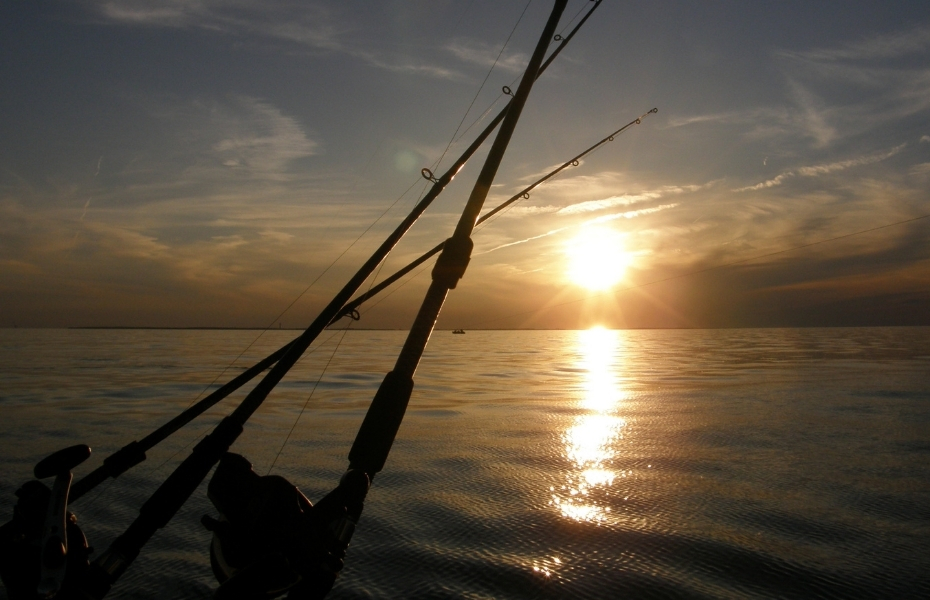
The Great Lakes region supports a multi-billion dollar base. There is outdoor recreation, a strong maritime transportation system, along with diverse and extensive agricultural areas. Add to that a strong commercial and steel manufacturing/production, and sport fishing/fisheries. There is also over 230 million metric tons of shipped cargo each year.
Tourism is also a big part of the region, which has many park systems and beaches, as well as conservation and wilderness areas. The lakes themselves are used for a huge fishing industry, boating, diving, and camping. Because of this, many marinas, boat lots, restaurants and outdoor equipment add to the economy.
The Great Lakes bring business that usually only coastal regions see. It also offers both residents and tourists a wonderful and beautiful area in which to spend time and utilize the natural resources. These alone make the Great Lakes an awesome part of the world.
Additional Resources

